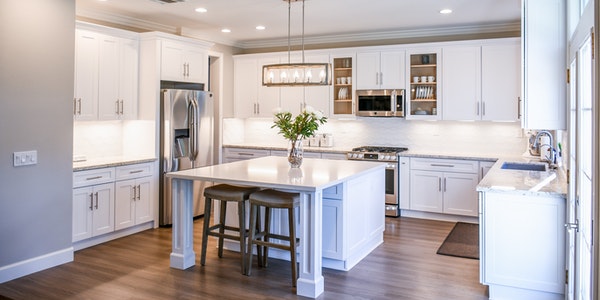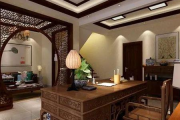Regarding home lighting design, we have seen many owners’ opinions here:
- Buy as you save money!
- Come on whatever saves you trouble!
- There is light in the space!
- One light in a room is enough!
- Buy lamps and select models, just look at the wattage!
So, what is the result of this?
- I feel eye fatigue after a while!
- You can cut your own hands when cutting vegetables!
- You can fall down in the toilet at night!
- I feel irritable and restless while lying in bed!
For a long time, we have been talking about some methods and principles of home lighting design and commercial lighting design, but seldom mentioned those common misunderstandings. The author of this article not only talks about methods, but focuses on 10 common misunderstandings in home improvement lighting design, and attaches the correct solutions.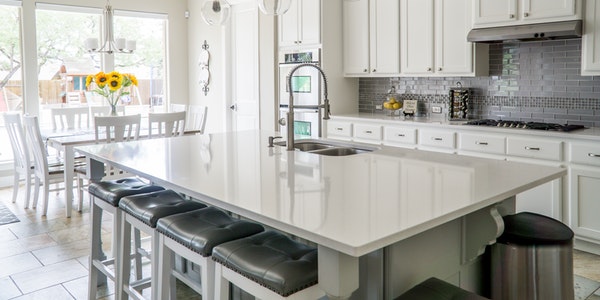
Home lighting design misunderstanding 1
The higher the wattage of the light source, the greater the brightness of the lamp and the better the lighting effect.
In fact, this is one of the most common misunderstandings, not one of them. (Of course, relative to the same kind of light source, this is correct.)
Positive solution: learn to understand the parameters indicated on the packaging materials of lamps and lanterns. The reason why many people have this wrong view is probably because the early incandescent lamps and fluorescent lamps can use the wattage value to judge the brightness. The higher the wattage, the brighter the bulb. But nowadays the payment is different. The brightness of a 12W LED bulb may be the same as an 85W incandescent lamp. So how do we choose the bulb/light source? The correct method is to judge the brightness of the bulb according to the lumen value shown on the package.
Home lighting design misunderstanding 2
For the sake of energy saving and environmental protection, choosing “energy-saving bulbs” can never go wrong!
The correct method: to determine whether a bulb or light source is energy-saving, the main reference is “light effect”. Luminous efficiency is also the luminous efficiency, which refers to the luminous flux output by the light source every time 1W of electricity is consumed, and the unit is lm/W. The higher the luminous efficiency, the higher the efficiency of converting electrical energy into light, that is, the less electrical energy is consumed to emit the same luminous flux. Therefore, when we choose a bulb or light source, we must look at the luminous efficacy value on the package description.
Home lighting design misunderstanding 3
In order to achieve the “all-round” lighting effect and decorative effect, many lights are installed in the home, and many lights are not used at all.
Correct method: Distinguish between accent lighting and auxiliary lighting. Home lighting planning must first consider changes in natural lighting, then design artificial light sources, and arrange appropriate accent lighting and auxiliary lighting according to space attributes, so that a more reasonable lighting design can be presented. At the same time, the circuit needs to be properly planned so that the lights can be turned on separately.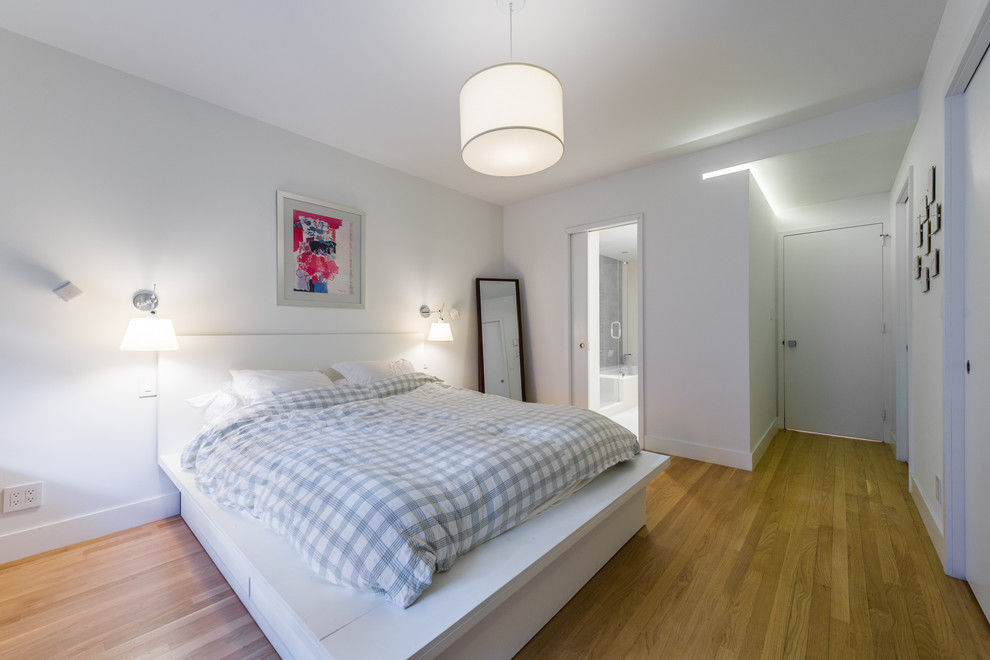
Home lighting design misunderstanding 4
The kitchen only needs a chandelier or ceiling lamp. Moreover, it is believed that warm light used in the kitchen can create a very atmospheric environment. But the fact is that the operating area is often blocked by one’s own shadow, which can easily lead to accidents!
The correct method: According to personal visual experience, especially the preference of the “chef” at home, choose white light or yellow light. It is recommended to apply white light with a color temperature of about 5000K in the operating area, and yellow light with a color temperature of about 3000K in other leisure areas. At the same time, spotlights can be installed at the bottom of the cabinet to focus on illuminating the operating area. In addition, for spaces such as study rooms, kitchens, bathrooms, etc., the author also recommends using white light, which is bright and safe.
Home lighting design misunderstanding 5
The indoor light source is single (that is, the way of illuminating the whole house with one light). When the light source is turned off at night, when you get up and pass by at night, turning on the light is too dazzling, and not turning on the light is too dim, and it is easy to cause accidents.
The correct method: The author recommends strengthening the key lighting in the aisle area, making good use of sensor lights and double-cut switches, or installing low-brightness wall lights in suitable locations.
Home lighting design misunderstanding 6
Spotlights are installed in the study and thought that they can work and study with confidence, but later on, it is often found that if the angle is set improperly, the spotlights are not suitable for work and study.
The correct method: set up a homogeneous lighting lamp in the middle of the top of the study room, that is, the main lighting lamp, and supplemented by a reading lamp for accent lighting. Study rooms and kitchens are functional spaces, which have high requirements for lighting. In addition to the 500 Lux for key lighting, the configuration of lamps should also be considered. The author recommends installing flat-shaped lamps, recessed lamps or ceiling lamps on the ceiling. Of course, if the spotlight is installed in the right position and the parameter value is selected correctly, it will also have a good effect.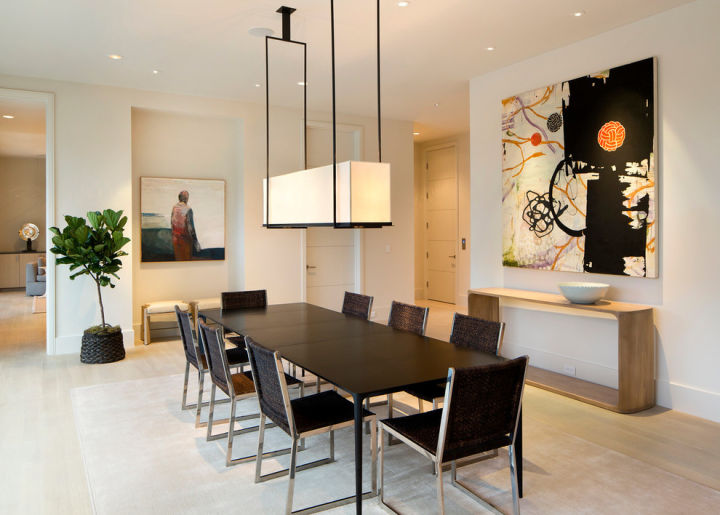
Home lighting design misunderstanding 7
The chandelier in the living room will look high-end atmosphere. But after many friends installed chandeliers in the living room, they didn’t have the desired effect, but felt oppressive.
The correct method: Use indirect lighting to brighten the ceiling, wall or floor, which can play a role in extending the space. For the living room, whether it is a chandelier or a ceiling lamp, it should be installed at a height that the tallest person in the home can’t reach. The author has repeatedly mentioned that it is not recommended to install a chandelier in a room with a floor height of less than 2.8 meters.
Misunderstandings in Home Lighting Design 8
For some local tyrants, they like to place some glass artworks in their homes, but lighting the spotlights from top to bottom, which does not better reflect the beauty of the artworks.
The correct method: It is recommended to change the lighting from bottom to top. Generally, art works of light-transmitting materials can use a display stand combined with a light board to let the light from bottom to top present the crystal clear beauty like the light inside the artwork.
Home lighting design misunderstanding 9
In order to save costs, ordinary lamps are installed in the bathroom, and as a result, they have to be replaced soon, and there are even safety risks.
The correct method: For bathroom lamps, there is a special IP protection grade for reference. It is recommended to choose a lamp with a high IP protection coefficient. In high-humidity places, all electrical appliances have the risk of leakage. The lamps and lanterns will also cause problems such as poor insulation and rusty reflectors due to water vapor intrusion. Therefore, the author recommends that you choose waterproof lamps.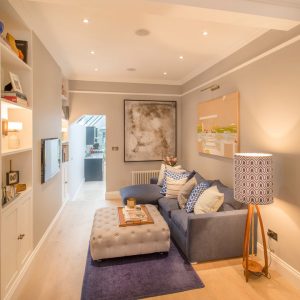
Misunderstandings in home lighting design 10
Many people think that the lamp does not need to be cleaned, and the installation position of the lamp is usually relatively high, and the maintenance is troublesome. It is better to wait until it is broken and replace it directly. In fact, it is completely wrong to think this way. Correct maintenance and cleaning of the lamps can not only better ensure the lighting effect, but also have great benefits for the extension of the service life of the lamps.
The correct method: According to the instructions of the lamp, clean the lamp regularly. Only in this way can the lighting effect be better, and at the same time extend the life of the lamps and save costs. It should be noted that the cleaning frequency of general lamps does not need to be too high, and it is recommended to do it once a year.
The above ten common misunderstandings about home lighting design, the author believes are also common problems encountered by the majority of netizens. The “correct method” mentioned is not necessarily the best solution, but before you have a better solution, you may wish to refer to it.

